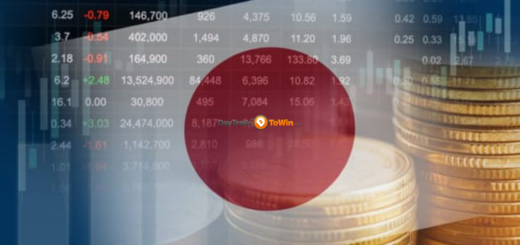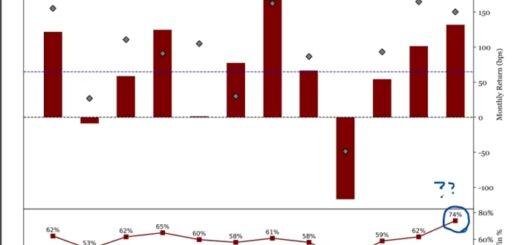500-Point Dow Decline: Rethinking Economic News and Stocks
Strategist: Dow Selloff Reflects ‘Buy the Rumor, Sell the Fact’ on Fed Rate-Cut Signal
Thursday’s selloff, which saw the Dow Jones Industrial Average on track for its largest one-day drop since May, was partly attributed to a series of weaker-than-expected economic data.
The relationship between economic news and the stock market seems to be shifting. Traditionally, bad economic news was seen as good for stocks because it reinforced the case for Federal Reserve interest rate cuts. However, Thursday’s reaction indicates a change, with disappointing data now negatively impacting stocks.
What’s behind this shift? Despite a generally strong labor market, signs of weakness are emerging. Several consumer-focused companies report increasing stress among lower-income consumers.
Federal Reserve Chair Jerome Powell hinted on Wednesday that a rate cut might come in September if economic data supports it. However, some analysts believe the Fed has waited too long to ease.

Neil Dutta, head of economics at Renaissance Macro Research, commented, “The Fed’s delay, combined with today’s rising jobless claims, low unit labor costs, and slowing global manufacturing, suggests we are at a point where bad economic news is bad for markets.”
Thursday’s economic data painted a gloomy picture. First-time jobless claims reached their highest level in nearly a year, possibly due to seasonal auto-plant closures. The stock selloff intensified after the Institute for Supply Management’s July manufacturing index fell for the fourth consecutive month to 46.8%, signaling a contracting manufacturing sector.
Ian Lyngen, rates strategist at BMO Capital Markets, remarked, “Bad news is bad again. Claims increased, ISM disappointed, unit labor costs underperformed, and stocks sold off. The macro narrative is shifting, and the data hasn’t reached a deeply worrying point yet.”
Treasury yields fell in response, with the 10-year note dropping below 4% for the first time since February. Yields move inversely to price.
The Dow ended the day with a loss of around 495 points, or 1.2%, after dropping as much as 744 points. Initially, cyclical stocks led the decline, followed by tech stocks. The tech-heavy Nasdaq Composite slumped 2.3%, the S&P 500 fell 1.4%, and the small-cap Russell 2000 dropped 2.3%.
Not everyone sees this as a growth scare. Kent Engelke, chief economic strategist at Capitol Securities Management, noted that the market’s downturn appeared to be a “buy on the rumor, sell on the fact” response to Powell’s hint at a future rate cut. Additionally, tech stocks remain highly priced, and disappointing results from companies like Amazon and Apple could lead to further declines.




